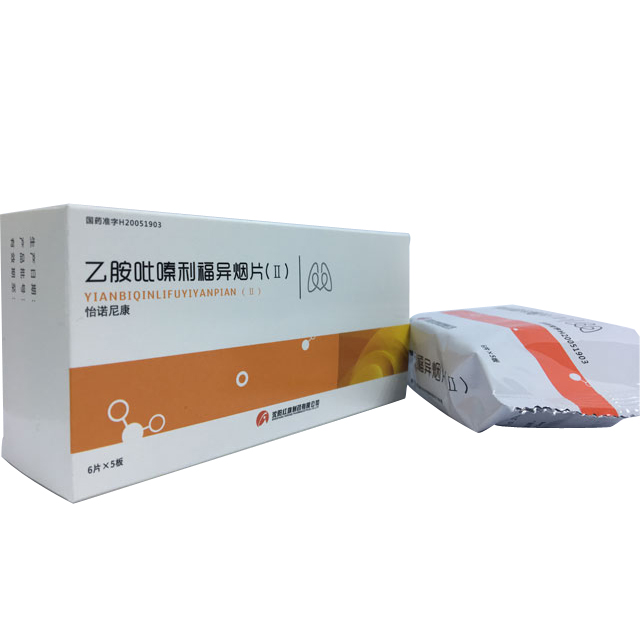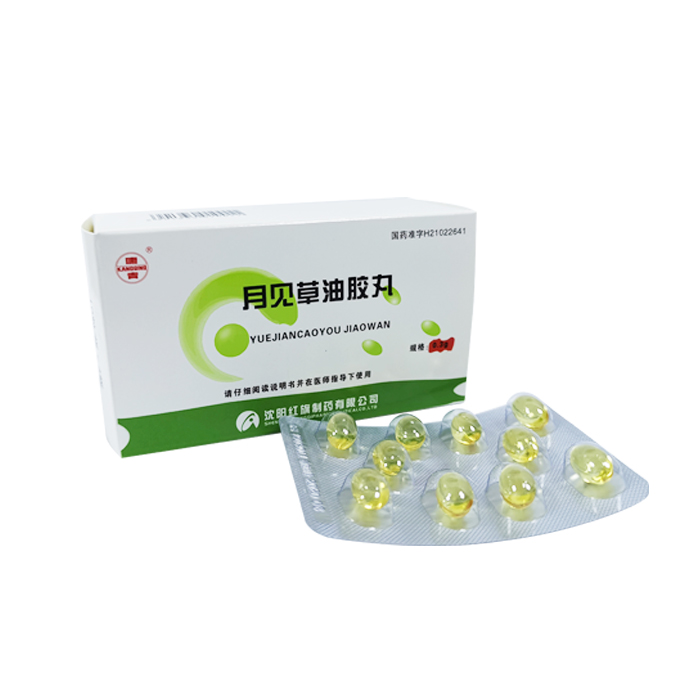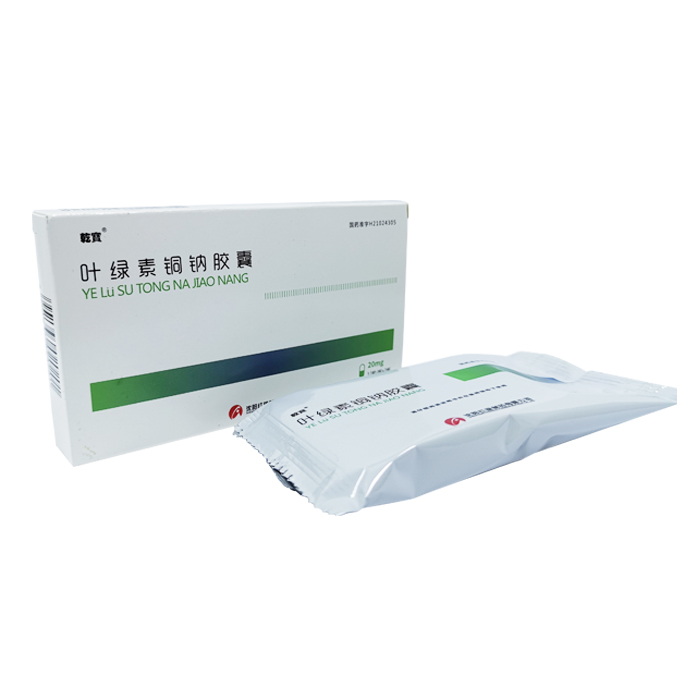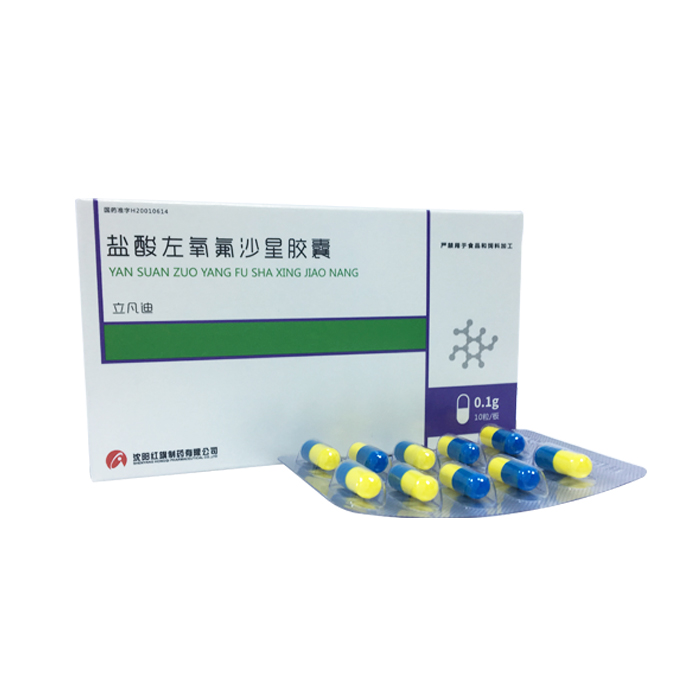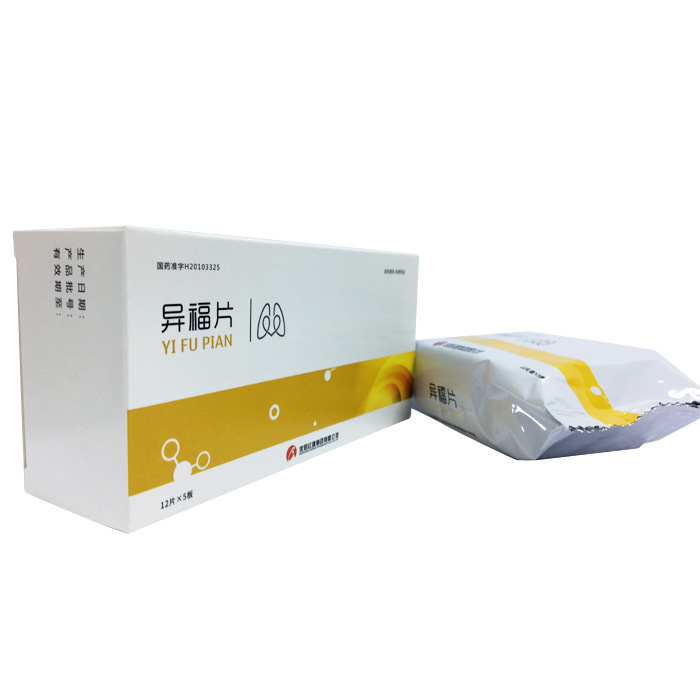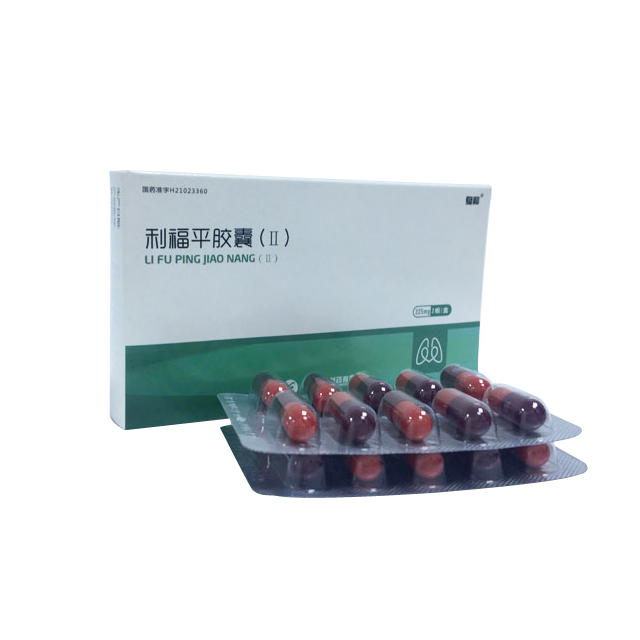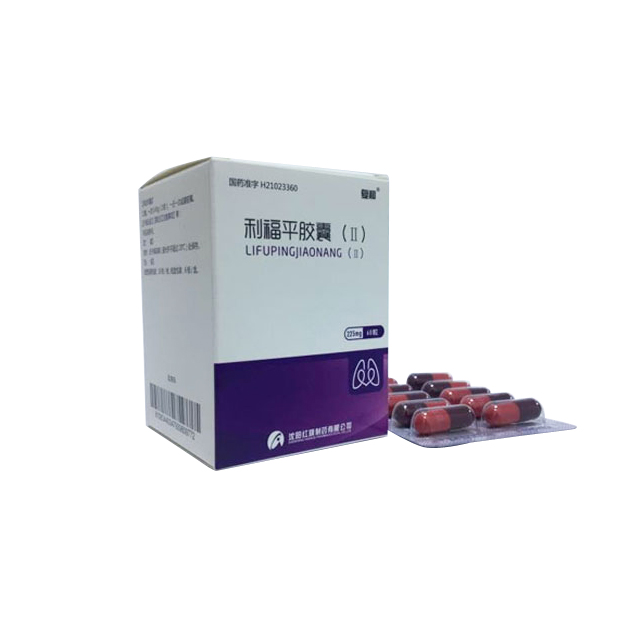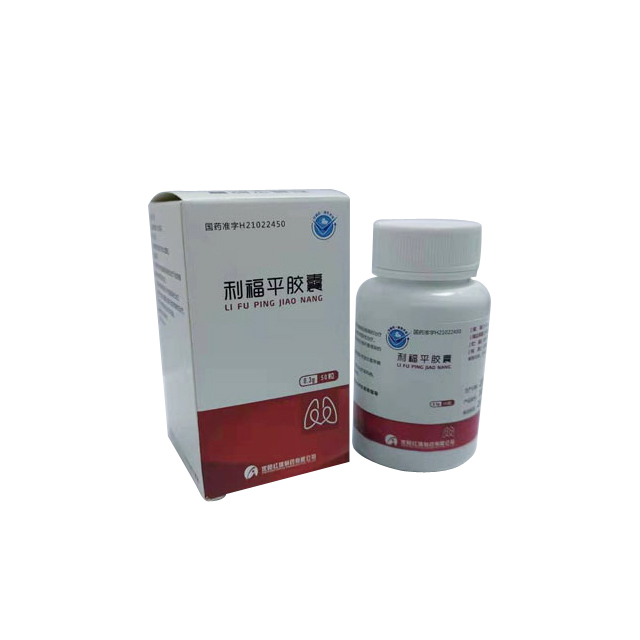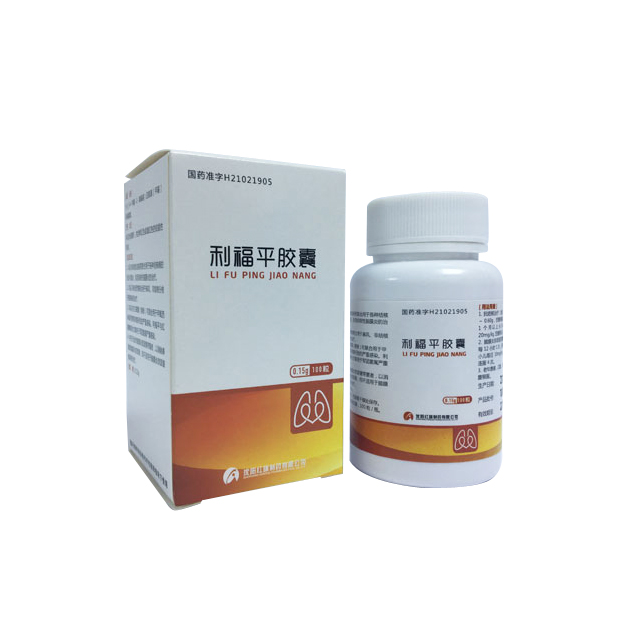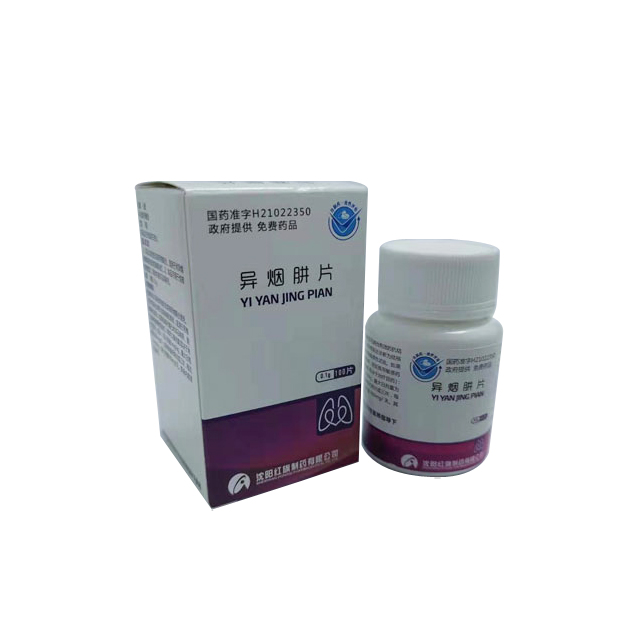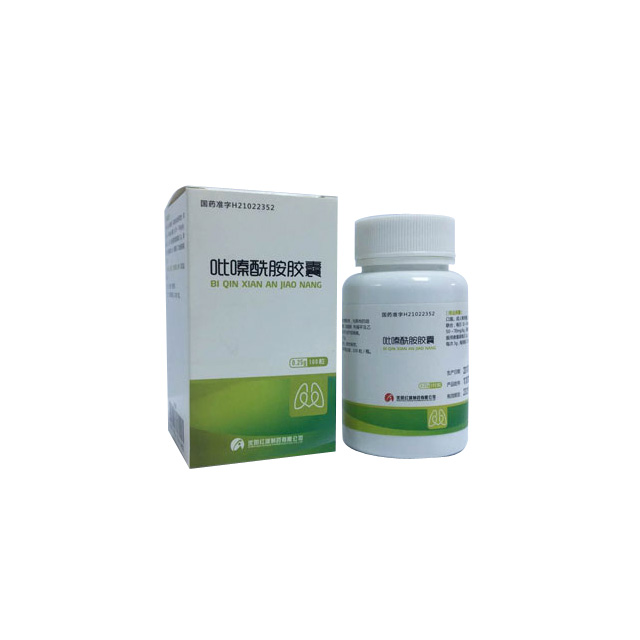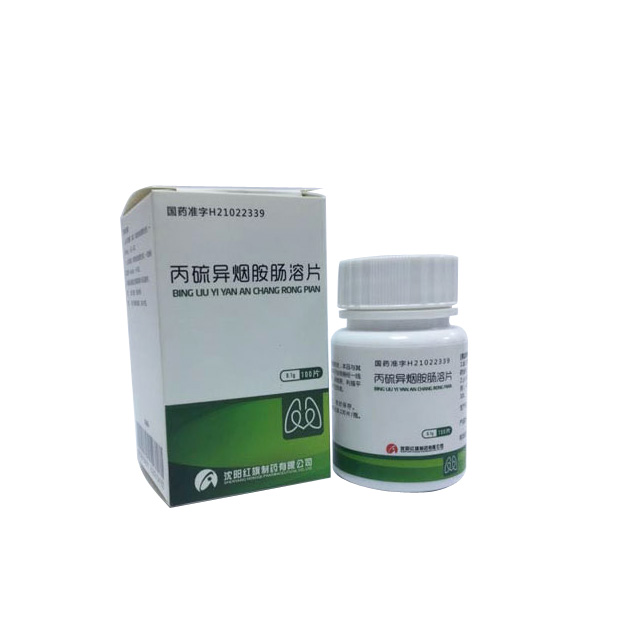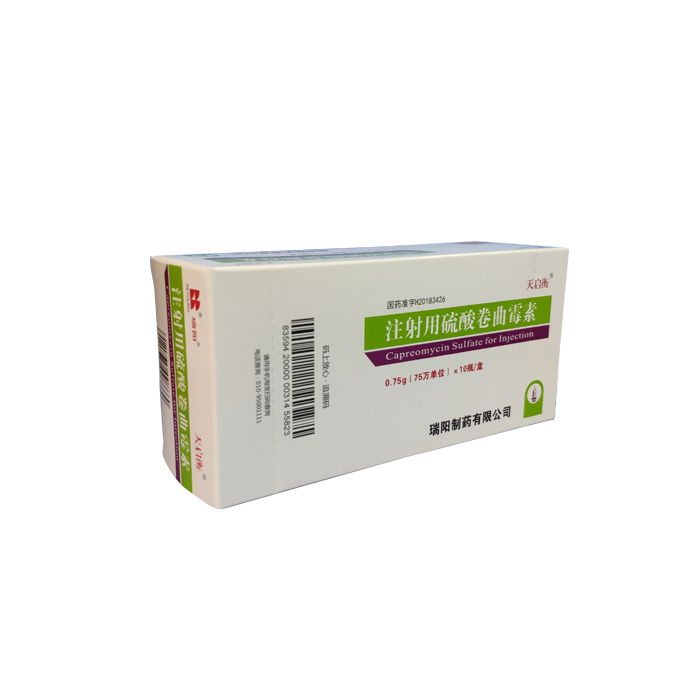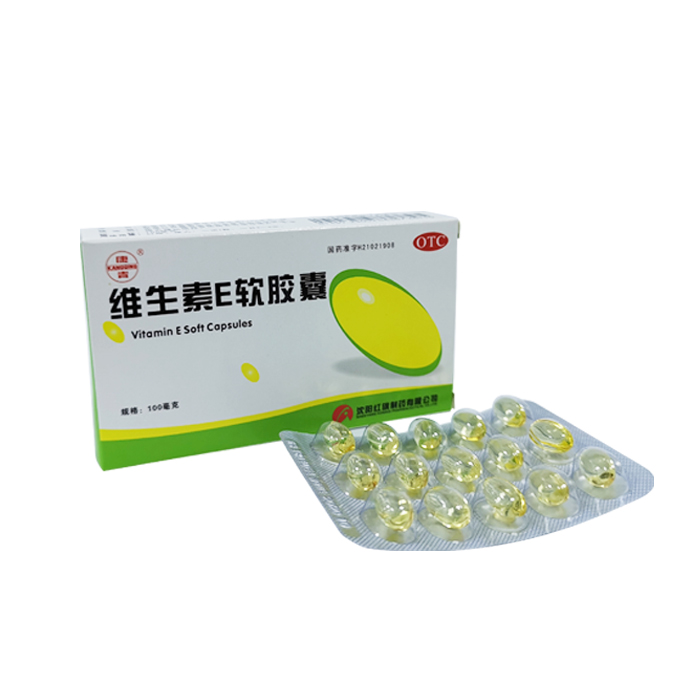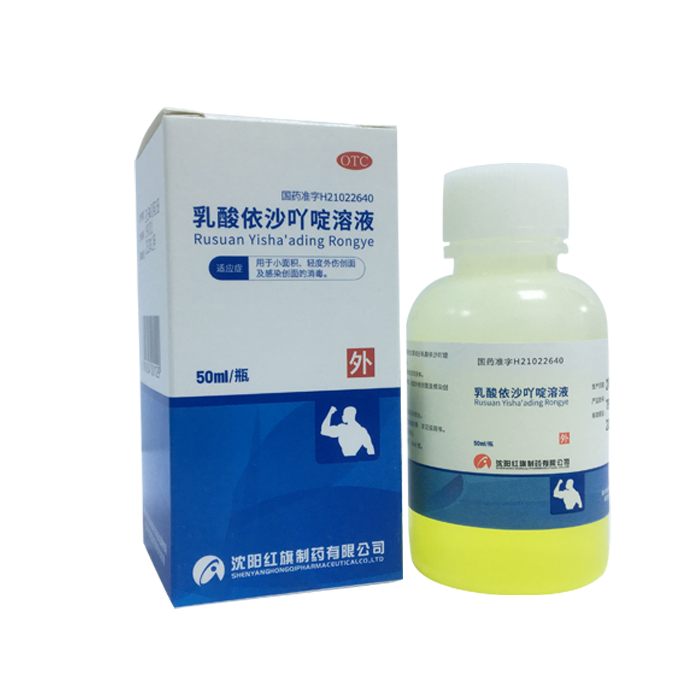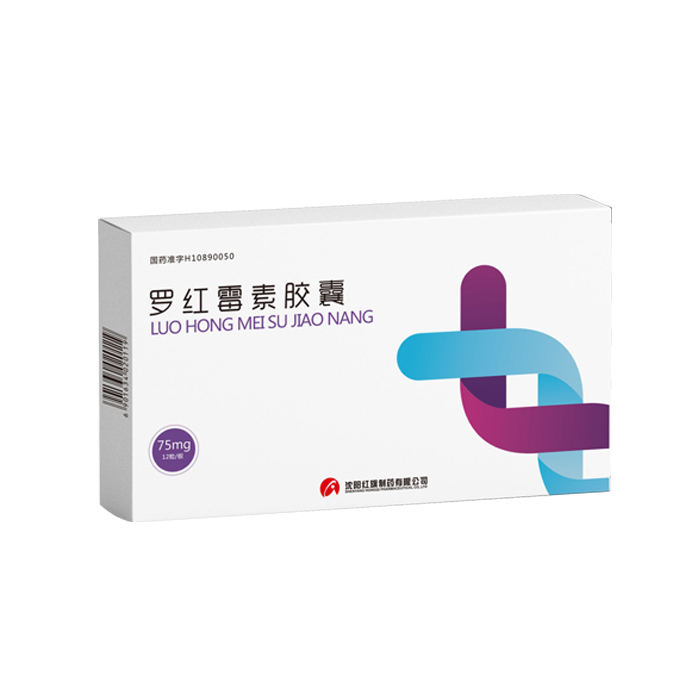
Number of views:
1000
Rifampinand Isoniazid Tablets
Retail price
0.0
元
Market price
0.0
元
Number of views:
1000
Product serial number
Quantity
-
+
Stock:
Category
1
Product description
Parameters
Yifu Tablet Manual
Please read the instructions carefully and use under the guidance of a doctor
【Drug Name】
Generic name:Rifampinand Isoniazid Tablets
English name: Rifampinand Isoniazid Tablets
Chinese Pinyin: Yifu Pian
【Ingredients】
This product is a compound preparation, each containing 0.3g rifampicin and 0.15g isoniazid.
【Properties】
This product is a film-coated tablet, after removing the coating, the color is orange-red to dark red.
【Indications】
It is suitable for the treatment of various types of tuberculosis.
【specification】
0.45g (0.3g for rifampicin and 0.15g for isoniazid)
【Dosage】
Take it 30 minutes before a meal or 2 hours after a meal, usually for those weighing more than 50 kg, take 2 tablets each time, once a day, and continue to use the drug until the bacteria becomes negative and the clinical symptoms are improved to the greatest extent. Or follow the doctor's advice.
【Adverse reactions】
Foreign clinical research data show that:
Rifampicin: Rifampicin is well tolerated and rarely causes serious toxic reactions. Adverse reactions that may occur when taking this product daily or intermittently are:
* Mild, self-limiting skin reaction. The typical manifestations are skin redness, itching with or without rash, and more severe skin allergic reactions are not common.
* Gastrointestinal reactions include loss of appetite, nausea, vomiting, abdominal discomfort and diarrhea. Zeng Lifuping treatment causes pseudomembranous enteritis.
* Rifampicin can cause hepatitis, liver function should be monitored.
* Thrombocytopenia may occur with or without purpura, usually related to intermittent treatment of rifampicin. If purpura occurs, stop the drug immediately and the purpura will disappear. If purpura continues to take the drug, there are reports of cerebral hemorrhage or even death. .
Eosinophilia, neutropenia, edema, muscle weakness and myopathy also occurred in a small number of patients during rifampicin treatment.
The following reactions often occur during intermittent treatment with rifampicin and are likely to be related to immunity:
* Influenza-like syndrome includes the onset of symptoms such as fever, chills, headache, dizziness, and bone pain, and is common in the 3 to 6 months after intermittent treatment. The frequency of occurrence varies. If the dose of rifampicin is less than 25 mg/kg, the intermittent incidence rate can reach 50% for those who are administered once a week.
* Shortness of breath and wheezing.
* Lower blood pressure and shock.
* Acute hemolytic anemia.
* Acute renal failure, often caused by acute tubular necrosis or acute interstitial nephritis.
Women receiving long-term treatment with rifampin-containing antituberculosis drugs have occasionally reported menstrual disorders.
Rifampicin can cause red urine, sweat, sputum, and tears. Patients should be told in advance. Contact lens lenses can be permanently stained.
Isoniazid: Isoniazid treatment can cause severe and sometimes fatal hepatitis. Isoniazid-related polyneuritis has symptoms such as paresthesia, muscle weakness, and loss of tendon reflexes. However, the above reaction does not often occur when the recommended daily dose of Yifu tablets is used. Various hematological abnormalities including eosinophilia, agranulocytosis, thrombocytopenia and anemia also occurred during the treatment of isoniazid. Gastrointestinal reactions include nausea, vomiting, and epigastric pain. Large doses of isoniazid can cause convulsions. Other neurotoxic reactions include toxic encephalopathy, optic neuritis and optic nerve atrophy, memory impairment and toxic neuropathy. It is not common at regular doses. It should be borne in mind that the use of this drug in patients with epilepsy may increase the frequency of seizures.
【Taboo】
People who have a history of allergy to rifampicin and isoniazid should not be used.
【Precautions】
1. Any component of this product can cause liver damage, so you should pay attention to checking liver function during medication.
Rifampicin: Patients with impaired liver function should take this product only when necessary, and should be used with caution under close medical monitoring. Liver function, especially ALT and AST, should be closely monitored. Liver function should be checked before treatment, and then during treatment. Check once every 2 to 4 weeks. If signs of liver cell damage appear, you should stop rifampicin immediately.
In some cases, in the early stage of rifampicin treatment, hyperbilirubinemia can occur because rifampicin and bilirubin compete for excretion channels at the level of liver cells. Individual reports believe that a moderate increase in bilirubin and/or transaminase itself is not an indication for interruption of treatment. However, there is still an increase in repeated testing. Discontinuation of the drug should be considered in light of the patient's clinical situation.
Because intermittent treatment with rifampicin (administered less than 2 to 3 times a week) may have an immune response (see Adverse Reactions), close monitoring should be performed and patients should be warned to avoid intermittent medication.
Rifampicin has the properties of inducing liver enzymes, including γ-aminolevulinic acid synthase, and it has been reported that the use of rifampicin in the treatment of porphyria worsens.
Isoniazid: Patients with chronic liver disease or severe renal insufficiency should pay attention to monitoring liver and kidney function when taking isoniazid. Sometimes severe or even fatal drug-induced hepatitis can occur after treatment with isoniazid, and it can also occur after several months of treatment. The risk of hepatitis is related to age. Therefore, the prodromal symptoms of hepatitis such as fatigue, general malaise, loss of appetite, nausea and vomiting should be monitored. If the above symptoms appear or signs suggesting liver cell damage are detected, the drug should be discontinued immediately, because continued use of the drug may cause more serious liver damage.
2. People with a history of mental illness or epilepsy should be used with caution.
[Medicine for pregnant women and lactating women]
Rifampin: In rodent experiments, high-dose rifampicin has teratogenic effects. In pregnant women, clinical trials related to rifampin have not been conducted.
Taking this product in the last few weeks of pregnancy can cause postpartum mother and infant bleeding, which can be corrected with vitamin K.
Isoniazid: It has been reported that in animal experiments in rats and rabbits, if isoniazid is taken during pregnancy, it can affect embryonic development. Although in reproductive studies of mammals (mice, rats and rabbits), isoniazid-related congenital developmental abnormalities have not been found.
Rifampicin/Isoniazid composite preparation Isofu tablets: Unless it is considered that the benefit of the drug is significantly greater than the risk to the fetus, it should be used for pregnant women. Because rifampicin and isoniazid can pass through the placenta, It can also enter breast milk. Therefore, women who receive treatment with this product should stop breastfeeding. Unless the doctor believes that the benefit to the patient outweighs the potential danger to the baby.
【Children's Medication】
There is still a lack of detailed research data.
【Geriatric Medication】
There is still a lack of detailed research data.
【medicine interactions】
Rifampin: It has the properties of inducing liver enzymes, which can reduce anticoagulants, adrenal cortex hormones, cyclosporine, digitalis preparations, quinidine, oral contraceptives, oral hypoglycemic drugs, dapsone, and anesthesia The activity of drugs and painkillers. Rifampicin can reduce the simultaneous use of methadone, barbital, diazepam, verapamil, beta blockers, lipid-lowering ethyl ester, progesterone, diisopyramide, slow heart rhythm, theophylline, and chloramphenicol And the efficacy of anticonvulsants. If the above drugs are taken with rifampicin, the dosage of these drugs may need to be adjusted. During rifampicin treatment, women who use oral contraceptives are advised to switch to other non-hormonal birth control methods. In addition, antacids affect the absorption of rifampicin.
It has been reported that taking Halothane and rifampicin together can increase the liver toxicity of the two drugs; taking ketoconazole together with this product can reduce the blood concentration of the two drugs. If the patient is indicated by the drug, it should be based on Adjust the dose according to the situation.
The therapeutic dose of rifampicin can inhibit the standard microbiological determination of serum folic acid and vitamin B12. Transient increase of BSP and serum bilirubin has also been reported. Therefore, the above-mentioned experimental examination should be performed before oral administration of rifampicin in the morning.
Isoniazid: can reduce the excretion of phenytoin sodium, thereby enhancing its effect. The dosage of anticonvulsants should be adjusted appropriately. The higher incidence of drug-induced hepatitis related to isoniazid may be related to alcoholism (drinking every day), and the elderly Or malnourished patients should pay attention to vitamin B6 supplementation when treated with isoniazid.
【Overdose】
If this product is overdose, the drug should be stopped immediately, gastric lavage, and symptomatic treatment measures (including hemodialysis, etc.) should be taken.
【Pharmacology and Toxicology】
Pharmacological action
This product is an anti-tuberculosis drug and is a compound preparation composed of isoniazid and rifampicin. Studies have confirmed that isoniazid and rifampicin have antibacterial activity against both intracellular and extracellular Mycobacterium tuberculosis at the therapeutic level.
Mechanism of action: Rifampicin inhibits the RNA polymerase of sensitive Mycobacterium tuberculosis, especially through the interaction with bacterial RNA polymerase to achieve antibacterial effect, but has no inhibitory effect on mammals. Isoniazid inhibits the biosynthesis of tuberculosis cyclic acid of Mycobacterium tuberculosis, thereby affecting the synthesis of the cell wall of Mycobacterium tuberculosis.
Toxicology Research
There is no genetic, reproductive toxicity and carcinogenicity research data on isoniazid and rifampicin compound. For the toxicological research of each single drug, please refer to the following related data.
Rifampin:
Genotoxicity: In the study of bacteria, fruit flies or mice, this product has not been found to be mutagenic; the chromosomal aberration test results of human lymphocytes are negative, but when the whole blood cell culture of this product is carried out, it is found that chromosome breakage increases.
Reproductive toxicity: rodent experiments have found that this product has teratogenic effects in large doses.
Carcinogenicity: There is no report about the potential carcinogenicity of this product for long-term use. There are clinical reports of several patients with accelerated lung cancer growth after taking this product, but its relevance to the drug has not been determined. When administered to mice at an average dose of 2-10 times the average human daily use for 60 weeks, an increase in the incidence of liver cancer in female animals can be observed, but no carcinogenic effects have been found in male mice and other strains of mice or rabbits.
Others: A number of studies have shown that this product has potential immunosuppressive effects on rabbits, rats, mice, guinea pigs and humans.
Isoniazid:
Genotoxicity: No research report has been seen yet.
Reproductive toxicity: It has been found in experiments on pregnant rats and rabbits that this product can cause embryonic death.
Carcinogenicity: It has been reported that isoniazid can induce a variety of lung tumors in mice.
【Pharmacokinetics】
According to foreign research materials:
Rifampicin: It is rapidly absorbed from the gastrointestinal tract, and its peak blood level varies greatly between individuals in normal adults and children. It is taken orally on an empty stomach at a dose of 10 mg per kilogram of body weight, and the peak blood concentration (10 μg/ml) is reached in about 2 to 4 hours. , Such as taking with food can reduce its absorption.
Normal people take 600 mg of this product orally, and the half-life of the drug is about 3 hours. If you take 900 mg orally, the half-life will increase to 5.1 hours. Repeated administration will shorten the half-life. The average is about 2 to 3 hours. 600 mg of this product is taken orally every day. There is no significant increase in the half-life of the drug in patients with renal failure, and there is no need to adjust the dose. When taken with isoniazid, the half-life of rifampicin may be shortened.
After rifampicin is absorbed, it is rapidly excreted by bile and is produced by enterohepatic circulation. Rifampicin is metabolized into deacetylated metabolites. After about 6 hours, almost all rifampicin in the bile exists in the form of deacetylated metabolites. Its metabolites still have antibacterial activity, and deacetylation can reduce intestinal reabsorption and facilitate excretion. 30% of the dose of this product is excreted in urine, of which 1/2 is the original form.
This product is widely distributed in the body. After absorption, it is distributed in various organs and body fluids including cerebrospinal fluid in the body at an effective concentration. Its protein binding rate is 80%. Most unbound drugs are not ionized and diffuse freely into the tissues.
Isoniazid: the peak blood concentration is reached 1 to 2 hours after oral administration, and the blood concentration drops <50% within 6 hours. After absorption, this product is quickly distributed to the whole body fluid (cerebrospinal fluid, pleural fluid and ascites), tissues, various organs and excrement (saliva, sputum and feces). This product can pass through the placental barrier and can also enter the milk. The drug concentration in the milk is equivalent to the blood drug concentration. After 24 hours, 50% to 70% of the oral dose is excreted in the urine.
Isoniazid is mainly metabolized in the form of acetylation and hydrolysis. The human body's acetylation rate of isoniazid is controlled by genetic genes. About 50% of blacks and Europeans are slow metabolized, and most Asians are fast metabolized. Adults who take large doses of isoniazid orally may sometimes suffer from vitamin B6 deficiency, which may be caused by competition between isoniazid and pyridoxine phosphate for detryptophanase.
The pharmacokinetic study of normal volunteers showed that the bioavailability of the two components of Yifu tablets was similar whether they were taken at the same time in their respective doses or in the form of Yifu tablets.
The domestic research results are basically consistent with the foreign research results.
【Storage】
Shade, seal, and store in a dry place.
【package】
Aluminum-plastic blister packaging, 15 pieces/plate, composite film packaging, 2 plates/bag, carton packaging, 1 bag/box;
Aluminum-plastic blister packaging, 15 pieces/plate, composite film packaging, 2 plates/bag, carton packaging, 2 bags/box;
Aluminum-plastic blister packaging, 12 pieces/plate, composite film packaging, 5 plates/bag, carton packaging, 1 bag/box.
【Validity Period】
24 months
【Executive Standard】
"Chinese Pharmacopoeia" 2015 Edition Two
【Approval Number】
National Medicine Standard H20103325
【manufacturer】
Company Name: Shenyang Hongqi Pharmaceutical Co., Ltd.
Scan the QR code to read on your phone
相关产品


Copyright hongqipharma.com All rights reserved Powered by:300.cn Shenyang 辽icp备12005917号-1 (辽)-非经营性-2018-0012
Add:Shenyang Hunnan New District envelope 6th Street Tel:024-23786268-8012 Fax:024-23786263



